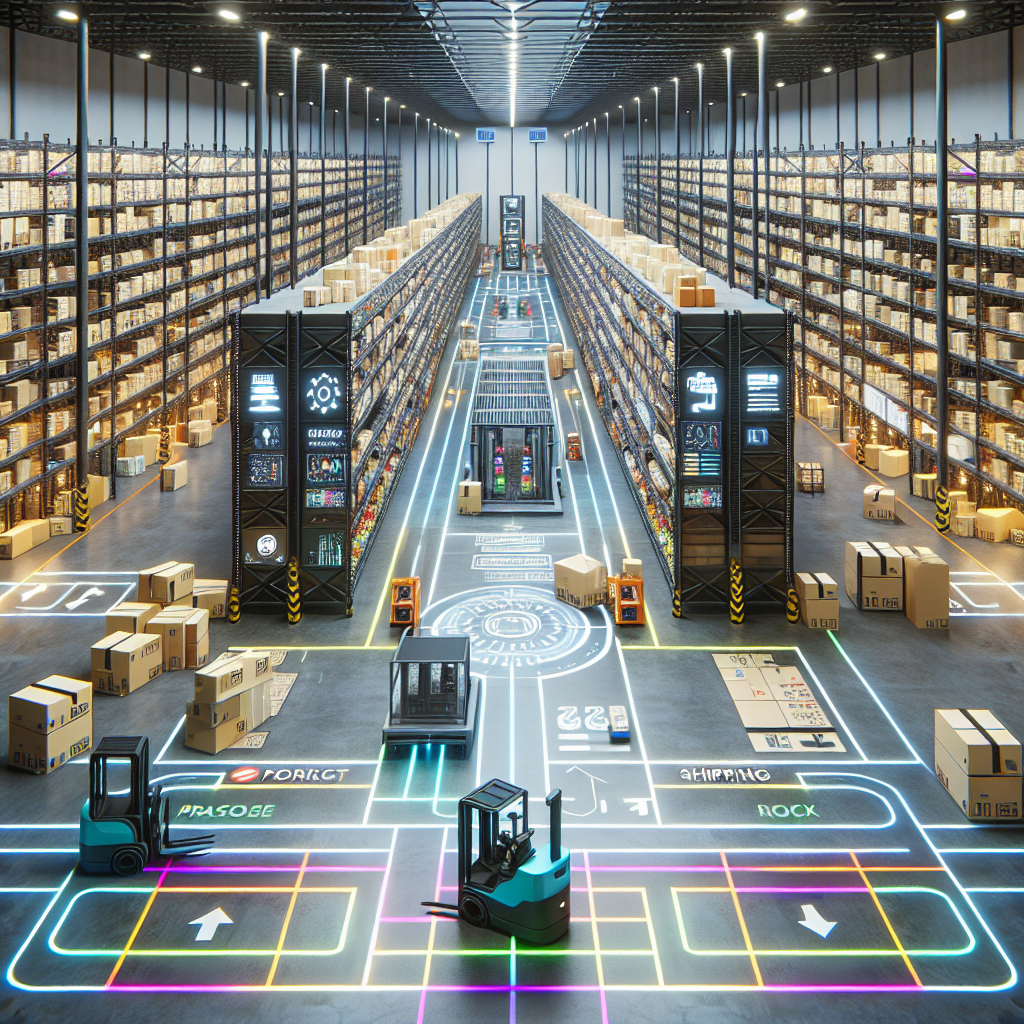The rapid rise of e-commerce has changed the landscape of logistics and warehousing, compelling businesses to rethink their strategies for warehouse management and layout. Future-proofing your warehouse means not just reacting to current trends but anticipating future needs. This article explores effective layout strategies that will prepare your warehouse for the changing demands of e-commerce and beyond.
Understanding the E-commerce Boom
The e-commerce industry has witnessed explosive growth over the past decade. The COVID-19 pandemic accelerated this trend, pushing more consumers to shop online. As a result, businesses that operate warehouses must adapt their operations to meet the increasing demand for rapid delivery and efficient order fulfillment. But what does it truly mean to future-proof your warehouse in this context?
The Importance of Flexibility
Flexibility is the cornerstone of a future-proof warehouse layout. With the whims of consumer behavior constantly shifting, your warehouse design should allow for quick adjustments. Here are some ways to achieve this flexibility:
-
Modular Designs: Use modular shelving and storage systems that can be easily expanded or rearranged based on changing inventory levels.
-
Dynamic Workstations: Implement adjustable workstations that can accommodate various tasks, from packing to sorting.
- Open Spaces: Maintain open areas in the warehouse to facilitate easy reconfiguration as your operational needs evolve.
Optimizing Warehouse Flow
A well-designed warehouse layout must prioritize efficient product flow. Creating a smooth workflow can minimize delays, reduce costs, and enhance productivity. Consider the following aspects when designing your warehouse layout:
Lean Principles
Incorporating lean principles helps you eliminate waste in your warehouse operations. Design your warehouse layout to facilitate:
-
Shorter Travel Distances: Position frequently picked items closer to packing stations to reduce the time workers spend traveling.
- Clear Aisles: Ensure that pathways are clearly marked and free from obstructions to promote smooth movement.
Technological Integration
Embracing technology is crucial for the modern warehouse. Implementing tech-driven solutions can enhance efficiency and accuracy in order fulfillment:
-
Automated Picking Systems: Introduce automated guided vehicles (AGVs) or pick-to-light systems to speed up the picking process.
- Warehouse Management Systems (WMS): Invest in a robust WMS to streamline inventory management and provide real-time data analytics.
Prioritizing Safety in Warehouse Design
A future-proof warehouse also prioritizes the safety and well-being of its employees. An efficient layout not only boosts productivity but also fosters a safe working environment. Consider the following safety measures:
Ergonomics
Design work areas with ergonomics in mind. Proper workstation height, easy access to tools, and minimizing strenuous lifting can significantly reduce the risk of workplace injuries.
Emergency Protocols
Have clearly defined emergency exits and protocols in place. Regularly conduct safety drills to keep employees informed and ready for any situation.
Sustainability in Warehouse Operations
As more consumers become environmentally conscious, sustainable warehouse practices can enhance your brand’s reputation and contribute to long-term success. Here are some strategies to consider:
Energy Efficiency
Invest in energy-efficient lighting and HVAC systems to minimize your warehouse’s environmental footprint. Consider renewable energy sources like solar panels to power your operations.
Waste Reduction
Implement recycling programs and minimize packaging waste to reflect your commitment to sustainability. Collaborate with suppliers who prioritize eco-friendly practices.
Future Trends to Watch
To truly future-proof your warehouse, stay informed about emerging trends in the logistics and e-commerce industries. Here are some trends you should keep an eye on:
Omnichannel Fulfillment
The demand for omnichannel fulfillment is rising. Consumers expect a seamless shopping experience, whether they buy online or in-store. Your warehouse layout should be adaptable for both online orders and store replenishment.
Advanced Robotics
The integration of advanced robotics will continue to reshape warehousing. From automated picking systems to drones for inventory checks, investing in robotics now can keep you ahead of the curve.
Data-Driven Decisions
Use big data analytics to inform decisions about layout and inventory management. Understanding consumer trends and inventory patterns can help optimize your warehouse space and workflow.
Conclusion: Embracing Change
Future-proofing your warehouse is not just about making temporary fixes; it’s about embracing a philosophy of adaptability and innovation. By implementing flexible layout strategies, optimizing flow, prioritizing safety, and adopting sustainable practices, you can ensure that your warehouse meets the challenges of e-commerce and beyond.
As we move into a highly digital future, the warehouses that thrive will be those that can swiftly adapt to changing market demands. Make your warehouse a stronghold of efficiency, safety, and sustainability today and lay the groundwork for a successful tomorrow.
By investing in these critical areas, you can avoid being left behind in a fast-paced industry and create a thriving operation that anticipates the needs of your customers and the demands of the market.


